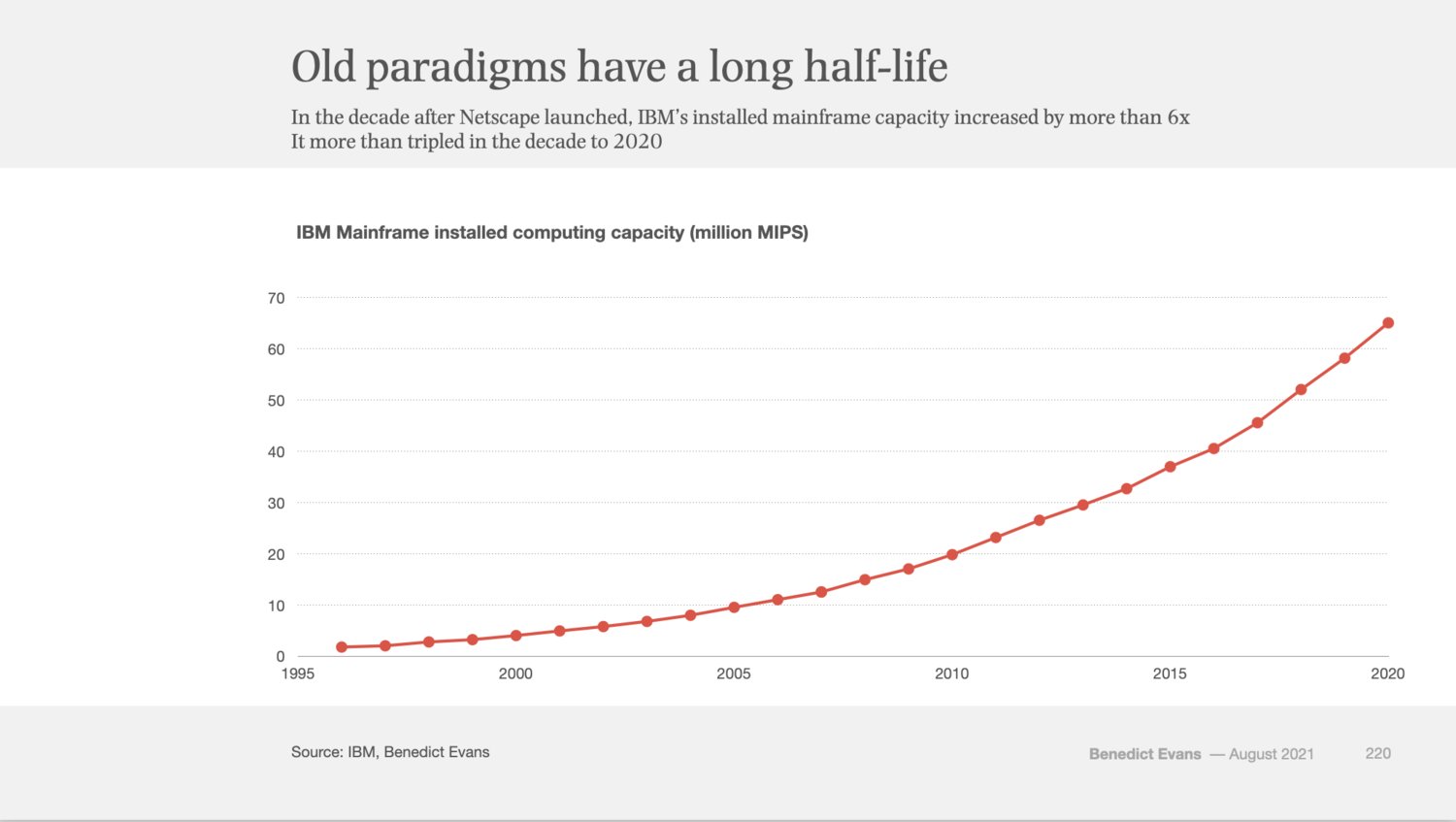Thread
When something is *unfair* - humans know and feel it deeply 🔥
We care about nfts & web3 because of an innate human trait - Fairness:
We care about nfts & web3 because of an innate human trait - Fairness:
It feels unfair when artists *don't* get paid on secondary sales.
It feels 🔥unfair🔥 when gatekeepers control access to collectors and art.
It feels unfair when only some determine 'what is art'.
It feels unfair when artists in remote countries can't access art markets.
It feels unfair when transacting - international money transfers - cost so much.
Blockchains are complex - but the outcome artists *feel* is simple,
Blockchains make a lot of what's Unfair in traditional art markets Fair.
Blockchains make a lot of what's Unfair in traditional art markets Fair.
Web3 makes Art more fair through:
✔️ Better (Global) Distribution
✔️ Artist Royalties
✔️ Provenance
✔️ Decentralized Finance
✔️ Better (Global) Distribution
✔️ Artist Royalties
✔️ Provenance
✔️ Decentralized Finance
Royalties are probably the most exciting thing that web3 enables for artists: we just need to protect them.
Distribution in art means visibility.
"I would argue a big part of what makes nfts popular and successful today is that everybody can see them."
- @artnome with @farokh on @RugRadio
"I would argue a big part of what makes nfts popular and successful today is that everybody can see them."
- @artnome with @farokh on @RugRadio
Simply, Web3 & NFTs have opened doors to artists globally.
There's a new kind of hope for 'making it' as an artist.
There's a new kind of hope for 'making it' as an artist.
Web3 also makes Art more fun:
It has given us Community and frens.
It has given us Community and frens.
And of course, Web3 allows artists to better support each other.
Art in Web3 still has challenges:
❓ Curation: who curates? how?
❓ Scams, Bots: how to define them? identify? & cleanse?
❓ Monopolies: few marketplaces have the most volume
How do we approach these problems?
❓ Curation: who curates? how?
❓ Scams, Bots: how to define them? identify? & cleanse?
❓ Monopolies: few marketplaces have the most volume
How do we approach these problems?
A lesser known and very important challenge with NFTs: Storage.
💥 Do you know where your NFTs are?
💥 Do you know where your NFTs are?
~40% of NFTs are on private servers and are doomed.
"Not your storage, Not your NFTs."
- @RtClick_Save & @artnome & @datcsv
🔗 www.rightclicksave.com/article/where-are-your-nfts
"Not your storage, Not your NFTs."
- @RtClick_Save & @artnome & @datcsv
🔗 www.rightclicksave.com/article/where-are-your-nfts
And of course, there's the *mental health* challenge in NFTs.
When an artist's 'reach' depends on the use of an addictive social app - there are bound to be some problems.
When an artist's 'reach' depends on the use of an addictive social app - there are bound to be some problems.
Many hairy problems can be solved by:
📍 clearly defining what we mean when we say X.
📍 understanding the boundaries of our definition: to who does it apply? when? and why?
📍 clearly defining what we mean when we say X.
📍 understanding the boundaries of our definition: to who does it apply? when? and why?
Web3 can learn a lot from Web2:
Most of the world still runs on Web2.
In fact, most of the world still runs on Mainframes.
Most of the world still runs on Web2.
In fact, most of the world still runs on Mainframes.
When we think about the future of Web3 and NFTs:
It's worth thinking from first principles.
We can also learn from current regulatory issues in web2: competition & monopolies, privacy & advertising...
It's worth thinking from first principles.
We can also learn from current regulatory issues in web2: competition & monopolies, privacy & advertising...
We've come a long way in Web3, NFTs, and Art:
But as humans, we always strive to improve.
But as humans, we always strive to improve.
Here's to a fairer, web3 future for Art and beyond 🥂
If you enjoyed this, I regularly write threads about NFTs, Art, and their impact on our lives.
Follow me @maybeimwasabiii to catch them in your feed ⚡
Follow me @maybeimwasabiii to catch them in your feed ⚡
Artists, how has Web3 shaped your own experience in Art?
@bryanbrinkman @ecigiart @neymrqz @VeeeeColeman @Reuben_Wu @lassetur @Minotaur_Man @whitekross
@soulosaint @louisiruela @TaysaJorge @tuukzs @justlatpl @_zie_io @danielleezzo @Hythacg @blackcollage_ @Ferdoropeza
@bryanbrinkman @ecigiart @neymrqz @VeeeeColeman @Reuben_Wu @lassetur @Minotaur_Man @whitekross
@soulosaint @louisiruela @TaysaJorge @tuukzs @justlatpl @_zie_io @danielleezzo @Hythacg @blackcollage_ @Ferdoropeza
Collectors & thought-leaders, what other hairy problems in web3 are top of mind for you?
@punk7635 @Rrose_Selavy_11 @karatekid_xyz @P_Azuro @Vince_Van_Dough @thisaintanika
@punk7635 @Rrose_Selavy_11 @karatekid_xyz @P_Azuro @Vince_Van_Dough @thisaintanika
Mentions
See All
Danielle King @Rrose_Selavy_11
·
Aug 30, 2022
Such great thread! One problem that's top of mind for me is the under-representation of women in web3 - so many male creators, leaders, curators, collectors...I don't know what the answer is, but I am always here to help with onboarding more female collectors - my DMs are open!💗

